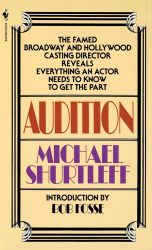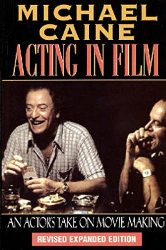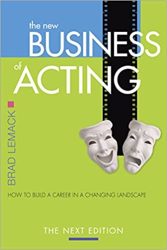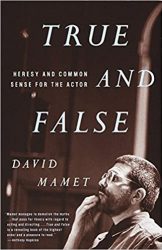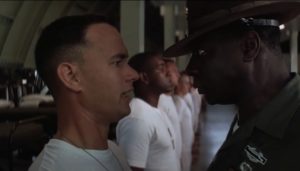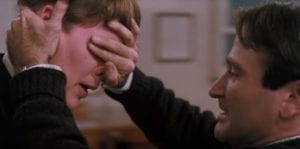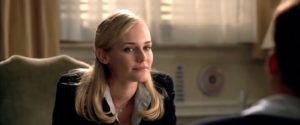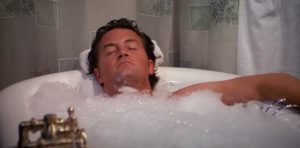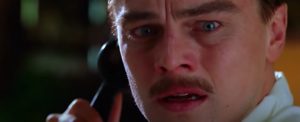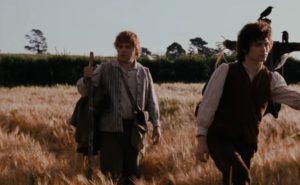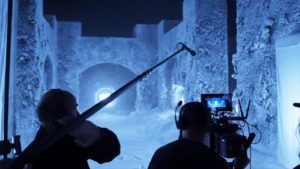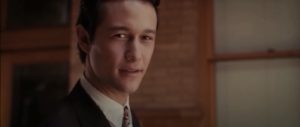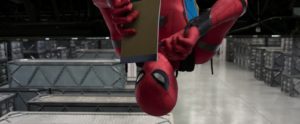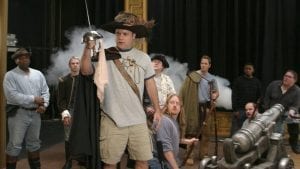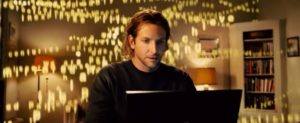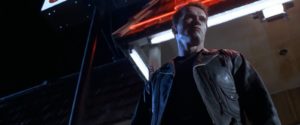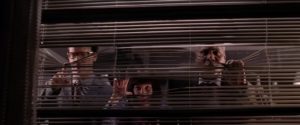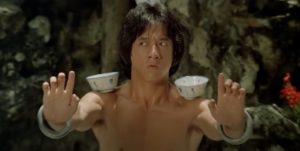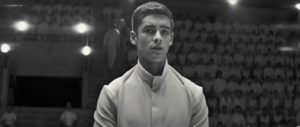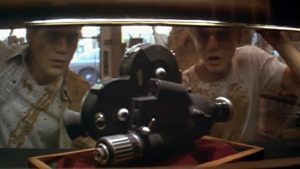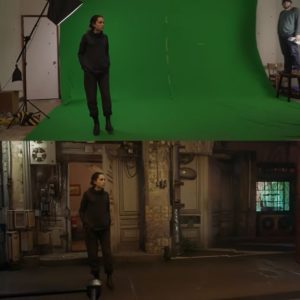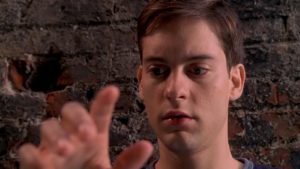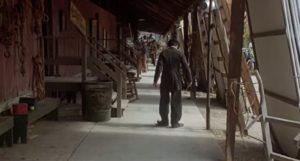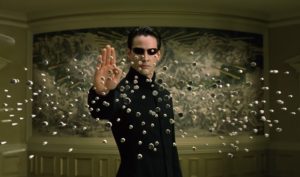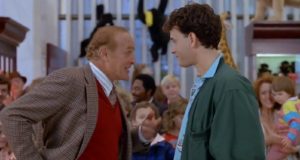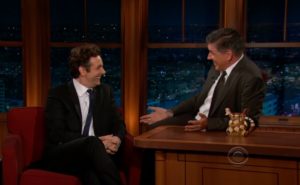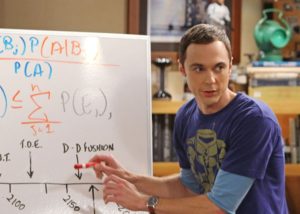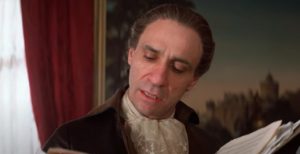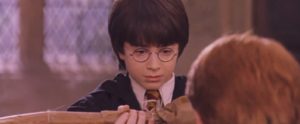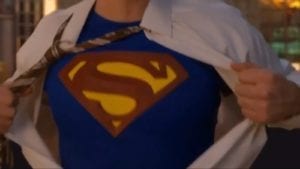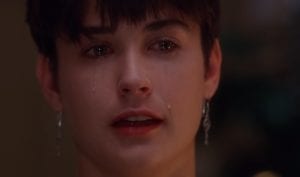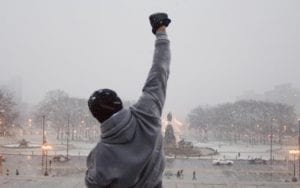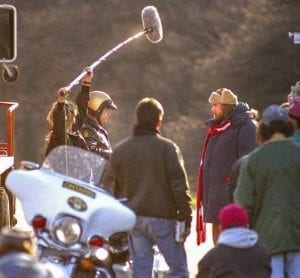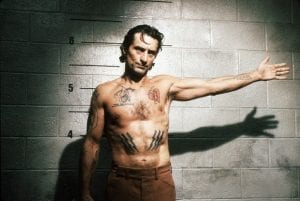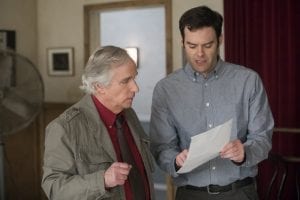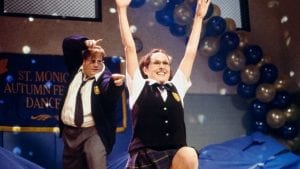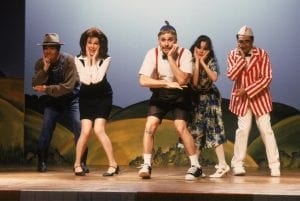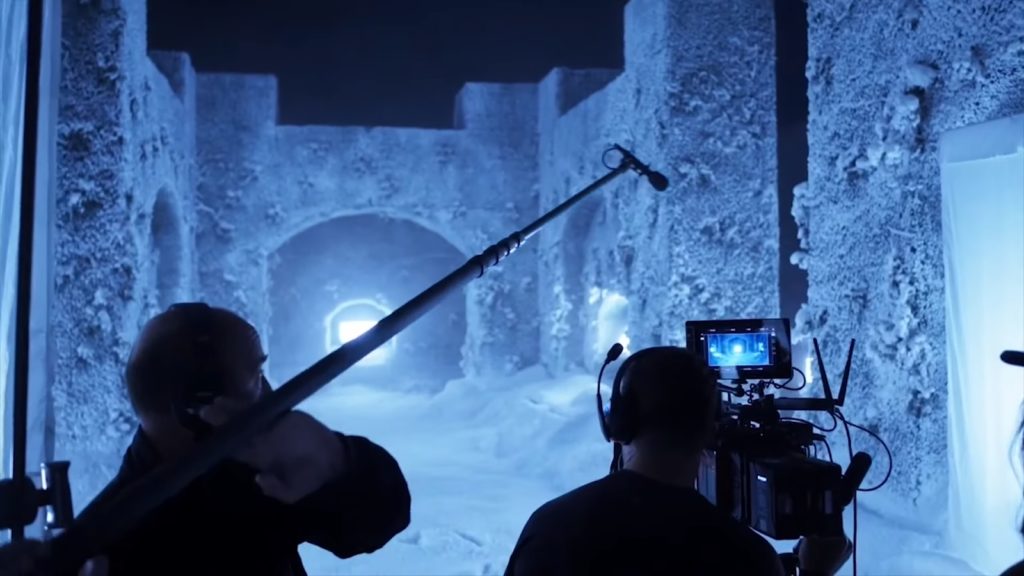
Although we have all heard “Lights, Camera, Action!” many times in popular culture, you will not hear it on a film set! So, what film terms should actors actually know to do their job well?
You will hear many commands on a film set, including the classic “Action!” and “Cut!” However, there are many other terms that actors should know, such as “Back-to-ones!” (reset the scene), “Last Looks!” (last touches to makeup and hair), and “Cheating” (changing positions between shots).
Worrying about whether you will understand all of these commands that the director and crew will be shouting is the last thing you want for your first day on set. Luckily, we put together a list of the common and important film terms so you will be ready when they come your way. Here are 21 film terms all professional actors should know, together with some video examples!
1. Action
This is your cue to begin acting the scene. Yes, everyone who watches film and TV knows this one… But! It is essential for actors who are on set for the first time – and who might be extra nervous – to remember to start the scene after this cue since directors will shout a few different commands directed at the crew before calling “action.”
2. Background Action
This cue is specifically for background actors and extras to start their performance, especially if they should begin at a different time than the main actors. This will be called either by the assistant director (AD) or the director.
3. Business
Speaking of movement… directors might give you some “business” to do during a scene. Business is the things that are happening in the scene that aren’t part of the dialogue. Business is simply a mundane task that you should do during the scene to make it more realistic (instead of constantly gazing into your scene partner’s eyes). For example, if two characters are in a kitchen, one might be chopping vegetables while the other is getting water. Other examples of business include smoking, reading, unlocking a door, or really anything that human beings do! For example, you might hear a director speak to extras and say something like, “Can we get a little more business going on in the background?”
4. Back-to-Ones/Back-to-Firsts
When the assistant director says either “back-to-ones,” “back-to-firsts,” “go again,” or “reset,” that means that you should return to the position you had at the beginning of the scene. This usually happens when a new take of the scene is needed.
5. First Position
This is your position at the beginning of a scene. That explains the “back-to-firsts” expression that directors use to get all actors to reset a scene.
6. Blocking
When a director says that it is time to block a scene, you will be learning your positions and movements in relation to the camera for said scene. Think of it as choreography: you will be learning all your movements for the scene.
7. First Team and Second Team
On set, the director and assistant director may address groups of actors by calling out “first team” or “second team.” First Team consists of the principal actors and supporting actors. The stand-ins for the principal and supporting actors are referred to as Second Team. Often, First Team will block and rehearse a scene, and then, while they are getting makeup and hair done, the Second Team will come on set so that the crew can work out the lighting for the scene as well as other technical details.
8. Camera Left, Camera Right
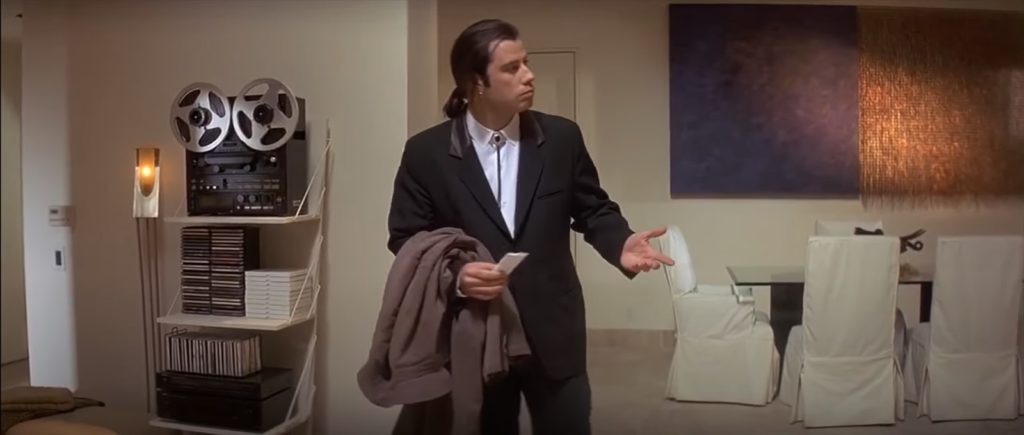
Just like theatre directors use Stage Left and Stage Right to explain the position that the actor should move to, film directors use Camera Left and Camera Right.
However, Camera Left and Camera Right refers to the camera and the director’s point of view. So, if you are facing the camera, you should be moving to the opposite side that is being called. For example, if you are told to stand Camera Right, you should move to your left.
9. Cheating
To get the angle they want for a shot, a director might say that they will “cheat” you. This means that you will move from the position you were in for the previous shot to the new one that the director will give you. This is often done to get a more pleasing composition for the new shot than if you were to stay in the same position as the original shot.
10. Moving On
This is usually called by the assistant director to let everyone know that this shot is in the bag and that we are ready to move on to the next shot or scene. The AD will often phrase it like this: “Moving on. Scene 17.” This would mean that you are done with scene 16 and that you will be setting up for the next one. So give yourself a mental pat on the back; you did great!
11. Check The Gate
“Check the gate” is one of the many expressions that you will hear on set that basically means, “moving on.” It dates back to when movies were shot on film, but it is still used today. This is the director’s signal that they are satisfied with the shot.
12. Cut
Yes, this is another film term that is well known in popular culture… BUT! You must remember that you need to keep acting until the director calls “Cut!” The director is in charge of deciding when a scene ends, not the actors, so do not break character until you hear “Cut!”
13. Last Looks
When someone calls “Last looks!” on set, it means that the next scene is about to be filmed and that makeup/hair/wardrobe has one last chance to do any touch-ups. This is also a hint for you to be ready for your next scene.
14. Off-Camera/On-Camera
If you are directed to be “off-camera” for a shot, you will not appear on-screen for it. You might be standing a few feet away and shouting your line to seem like you are in the next room. However, most of your work as an actor in film and TV will be “on-camera.”
15. Roll rehearsal
The director might say “All right everybody we’re going to do a rehearsal…” and rehearse a scene with all the cameras and sound “on” but not recording. This allows the camera operators to practice their shots and the director to get a better idea of what the shot will look like so that once it is time to record, the camera work will be perfect. For actors, that means that you should go through the scene as usual when the director calls “rolling rehearsal and… action!”.
16. Picture's Up
If you hear “Picture’s up” that means that the camera’s on and everyone can see on monitors what the camera sees. It’s one of multiple commands you might hear before they call “Action”.
17. Roll Camera, Roll Sound, Rolling
Remember the “other” commands that a director might call before “Action” hinted at above? This is the sequence of commands that will happen before a director calls “Action!” The director will say, “Roll camera!” To which the camera operator will respond, “camera rolling.” Then, the director will call “Roll sound!” The sound mixer will reply, “sound rolling.” An alternative response you might hear is “Speed” or “Sound speeding,” which means the same thing. Then, someone will slate, and finally, the director will shout, “Action!”
18. Quiet On Set
It is time to stop talking and silence all personal electronics because you are about to shoot!
19. Room Tone
This is another command that means you should be quiet. Room tone is “silence” that is usually recorded with the actors in the room after a shot, or a scene, is completed. Everyone stands still while the sound crew records a few seconds of the background noises present in the room. Room tone will later be used for editing sound.
20. Stand by
When you hear “stand by,” you should simply hold your position until further instructions are given. Usually, you will be on standby shortly before rolling, so be ready to begin the scene at any moment!
21. Wrap
Many exclamations involve “wrapping.” “That’s a wrap” usually means that the shooting day is over. The director would say, “That’s a wrap for scene 8!” to indicate that all the shots for scene 8 are done. Finally, “It’s a wrap on Kristen Bell!” would mean that Kristen Bell has finished shooting all her scenes for the film/season of the TV show.
Voila! These are the 20 film terms you should know to have a great first day on set!
If you want a list of all film terms, including film lingo, production jargon, camera terminology and much more, check out this exhaustive list by Studio Binder: https://www.studiobinder.com/blog/movie-film-terms/
Want to learn how to nail the audition to land you your first film or TV gig? The Actors Place has articles covering how to prepare for a one-line audition, audition tips from famous actors, and what to wear to an audition.
